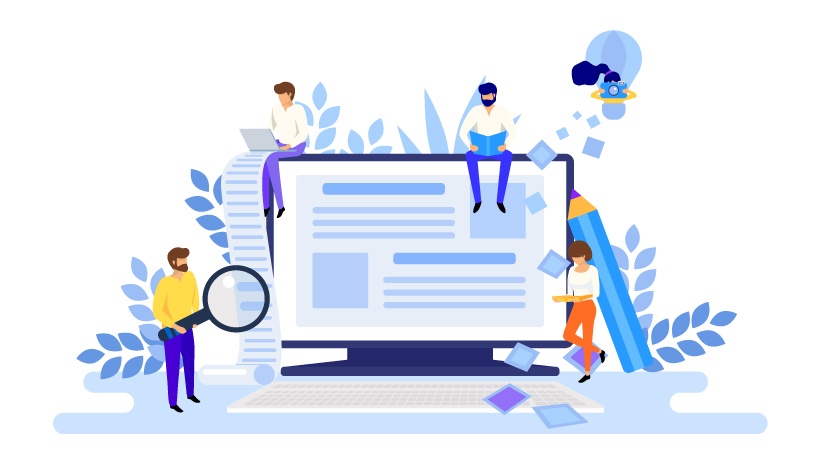Learn How To Effectively Use eLearning Scenarios
eLearning scenarios are best if they are actually a real-world example which the learner can relate to or can interpret as a real event in the world. They should be a combination of interesting and relevant. One needs to analyze the needs and expectations of the learners and the results of the eLearning. After determining these factors, one can be precise about what type of course and how they want to proceed with an eLearning scenario. Here are 5 tips on how to create an eLearning course.
1. Connect With The Learners
Having a clear idea about your eLearning audience is crucial as the content can be specifically curated for them. It is important to know what type of work they do, their jargon, and their skills and knowledge. You can get help from a Subject Matter Expert too. All these factors will help you develop a scenario with which they can relate and, hence, it will be easier for them to understand and go through the course. This will immensely help them in their real-world scenarios and, hence, you need to connect and know about your learners and design a course that is best suited for them.
2. Motivate The Learner And Encourage Them To Use The Acquired Knowledge
A well-written scenario should actually show a learner how to act in a particular scenario. After a module or a course, you should take an exam or a test; this may be a multiple-choice format, not all need to be the same. Some can even be situation-based, where they need to put their new-found knowledge to use and this will help them commit it their memory. During the course, not all questions should be in a multiple-choice format, but there can be an option where the decision of the learner can affect the dialogues and the course of the eLearning scenario. Thus, they will be able to relate it to the real world more and get attached to it.
3. Learners Should Be Able To Learn Through Their Mistakes
One of the best ways of learning is through mistakes, and learners should be given a chance to learn through their mistakes too. They shouldn't be heavily penalized for getting an answer wrong, but rather they should be made to understand as to why their answer is wrong and how it can be corrected; what was the right decision? This will not only help them understand their mistakes, but it also makes them aware of the risks and damage that comes with a wrong decision—without any real-world consequences. Thus, making them aware of what is at risk, you shall educate them on how not to do those mistakes and how to stay clear of them when they are applying the knowledge in their real world.
4. Keep Things Straight And On Point
If using an interesting and realistic eLearning scenario, one should avoid using too many details, which might be too much to take in for a learner. This can distract the learner from the original course and, thus, the main purpose of the course is defeated. Hence, one needs to include just enough details to keep it engaging and exciting without overdoing it; avoid unnecessary dialogues or the backstory for all the characters. Hence, you don't need to make it so entertaining that the main points are hidden.
5. Create An eLearning Storyboard To Structure It And Integrate Real-World Solutions And Problems Into It
You need to sit down and make a rough structure of your eLearning scenario and how it is going to unfold from the beginning to the end. You can decide all your characters and the scenarios you want to focus on and how it will pan out; for example, will the user need to answer a question after every module, in between modules, or will it be more choice-oriented? Making the scenario relatable will help the learner retain the information and be aware of what to do and what not to do in a certain situation. You need to challenge the learners so that they feel interested and are eager to solve the challenge. This will help them retain the information for a long period of time.
Thus, this is how you can create a perfect eLearning scenario for your learners and create your online eLearning scenario over a short period of time and launch it today.








